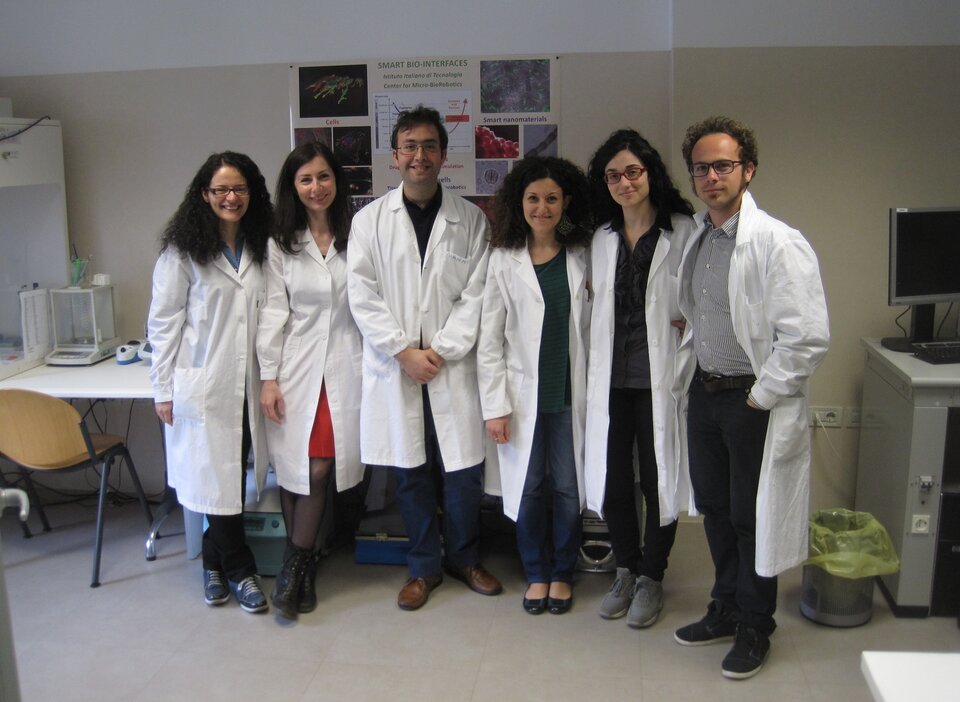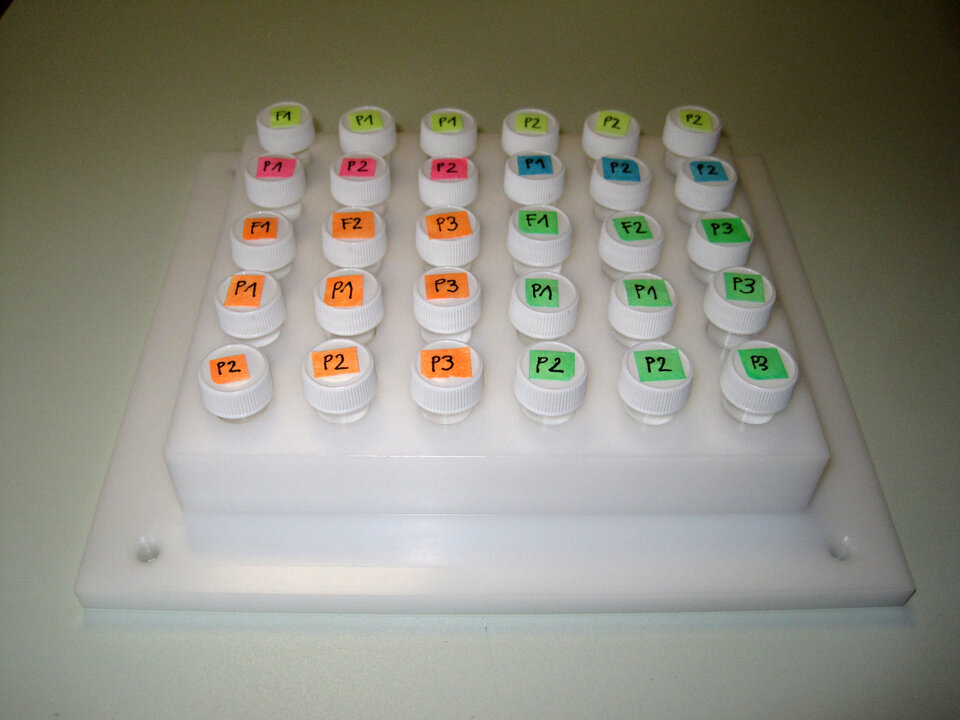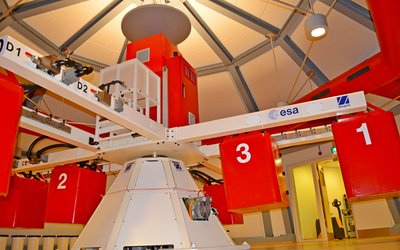Meet the teams: Transformers
The Transformers team consists of four Ph.D. students of the Istituto Italiano di Tecnologia (IIT). They will explore hypergravity as a physical stimulus enhancing gene delivery for regenerative medicine purposes.
![]()
![]()
![]()
Hypergravity as a physical stimulus enhancing gene delivery for regenerative medicine purposes![]()
| University | Instituto Italiano di Tecnologia |
| Endorsing professor |
Gianni Ciofani Instituto Italiano di Tecnologia |
| Research Assistant |
Giada Graziana Genchi Istituto Italiano di Tecnologia |
| ELGRA mentor |
Jennifer Thu Ngo-Anh European Space Agency |
| Team | Agostina Francesca Grillone, Silvia Gualtieri, Attilio Marino and Antonella Rocca |

Gene delivery is a promising approach for the treatment of several pathological conditions. It is based on the administration of nucleic acids (RNA or DNA), typically mediated by viral vectors and followed by their integration in the host genome. Concerns about viral vectors however persist due to possible pathogenicity, acute immunoreactions in patients, and for possible viral recombination/insertion in undesired sites of the genome with carcinogenic effects.
For these reasons, non-viral methods are currently under extensive investigations. To date, non-viral vectors have demonstrated limited efficiency of gene delivery (also called transfection), and their administration along with a proper physical stimulation has increasingly been proposed to enhance transfection efficiency. Among the different physical stimulations, hypergravity is the least studied.

In this project, hypergravity is hypothesized to enhance the efficiency of plasmid DNA (pDNA) transfection in skeletal muscle cells by promoting a higher interaction of pDNA and cells along one preferential direction and working against the diffusion phenomena which take place in static transfections.
To test this, skeletal muscle cells will be cultured on glass substrates which will be positioned (closed in screw-cap tubes) in an ad hoc designed rack. The rack will be anchored to an incubator placed within the Large Diameter Centrifuge gondola, and thus cells will be simultaneously exposed to hypergravity and pDNA (encoding for a pro-myogenic factor).
The expected results may help overcoming limitations inherent to currently available methodologies in the delivery of genes useful for the treatment of skeletal muscle conditions.
Read the final experiment report here.






